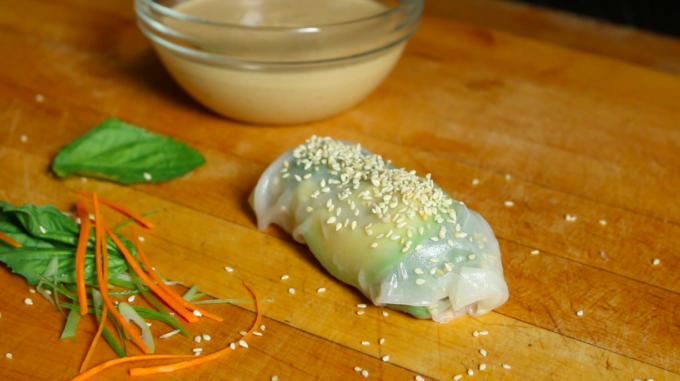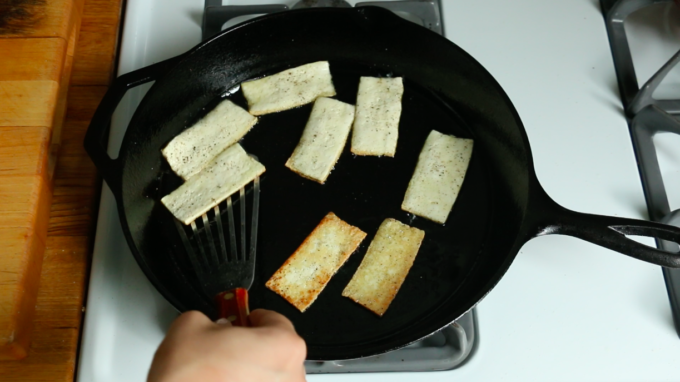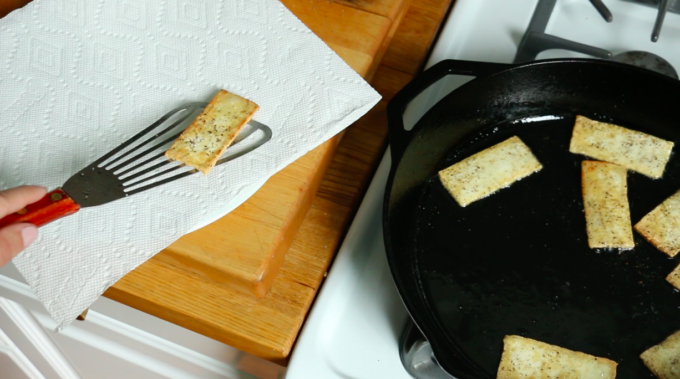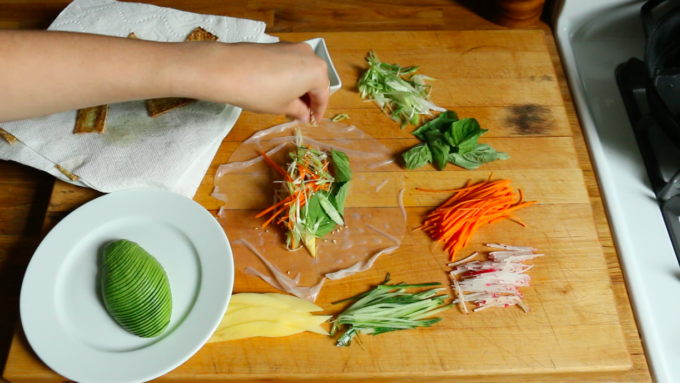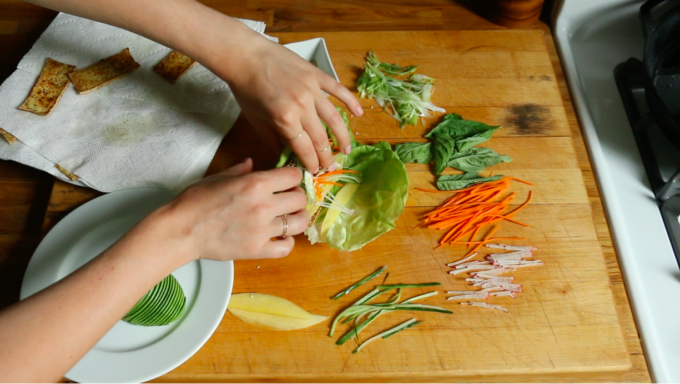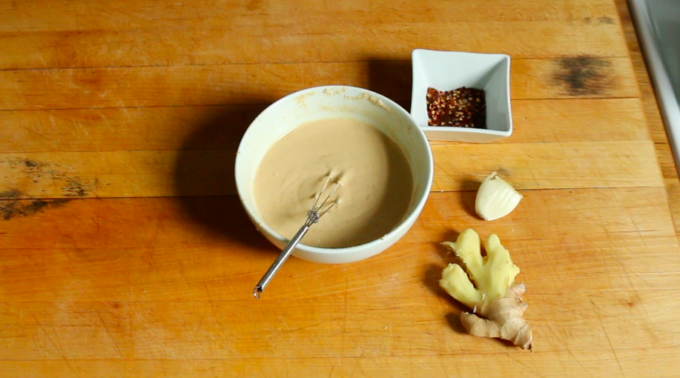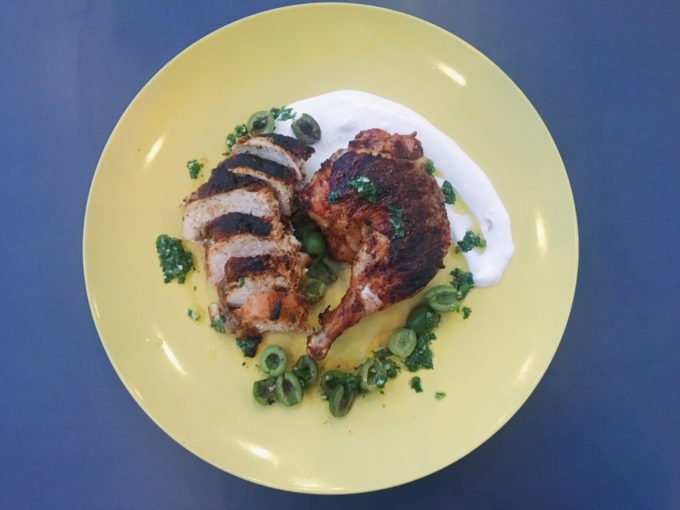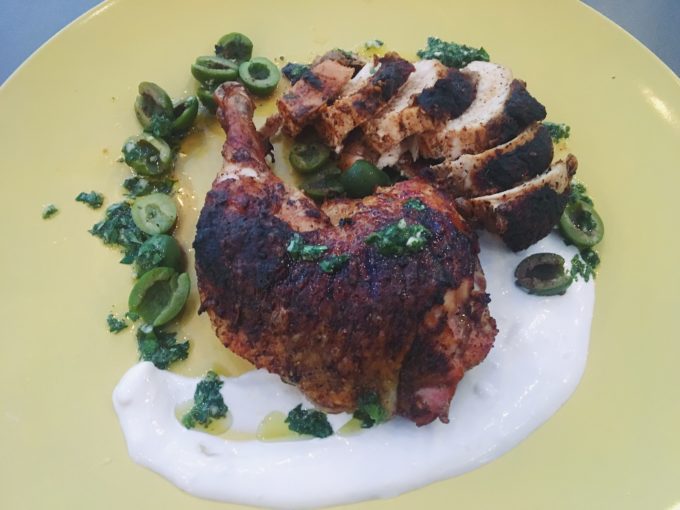
Nothing says great 4th of July party like a busy grill, packed to maximum capacity with juicy burgers, hot dogs and their ever-so-slightly burnt accompanying buns.
It’s festive, it’s fun and it’s worth it. It’s red meat, gluten, dairy and beer. It’s a whole bunch of condiments made who knows when, containing who knows what. And you know what? That’s okay! It’s important to make room for moments like these.
But just because there’s red meat and gluten on your plate doesn’t mean there’s not room for veggies, too. A healthy lifestyle is just that; a lifestyle. It’s sustainable, balanced living.
Besides, it’s summer! The beginning of the season marks an exciting turning point in our food lives, and it’s not only because of cold beers and burgers.
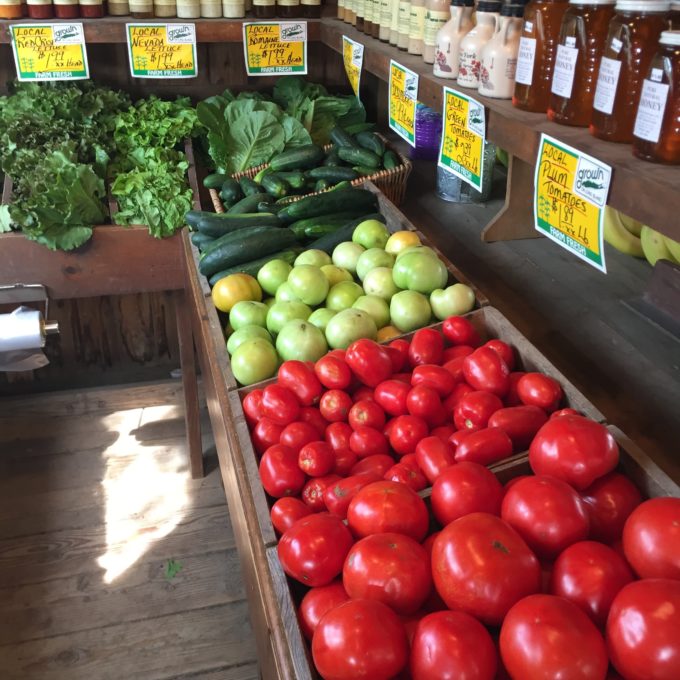
Suddenly, we’re going to the local green market and filling our totes to the brim with corn, arugula and strawberries, munching as we go. Packing picnics consisting of nothing but heirloom tomatoes, butter and bread, and loving every bite. Enjoying perfectly ripe and juicy stone fruit at pretty much every moment possible.

In other words, we’re beginning to enjoy a whole lot of healthy, raw fruits and vegetables. Our gravitational pull towards the stovetop is less strong; we crave chilled soups, made in the Vitamix and served straight out the refrigerator. We become reacquainted with big salads full of shaved veggies and herbs.
When we do cook, we try to do it outdoors, at night and with a cold glass of rose in hand. And the shopping list is often minimal. A good selection of vegetables and a few cuts of meat is all we need to entertain our palettes, as well as those of our friends.
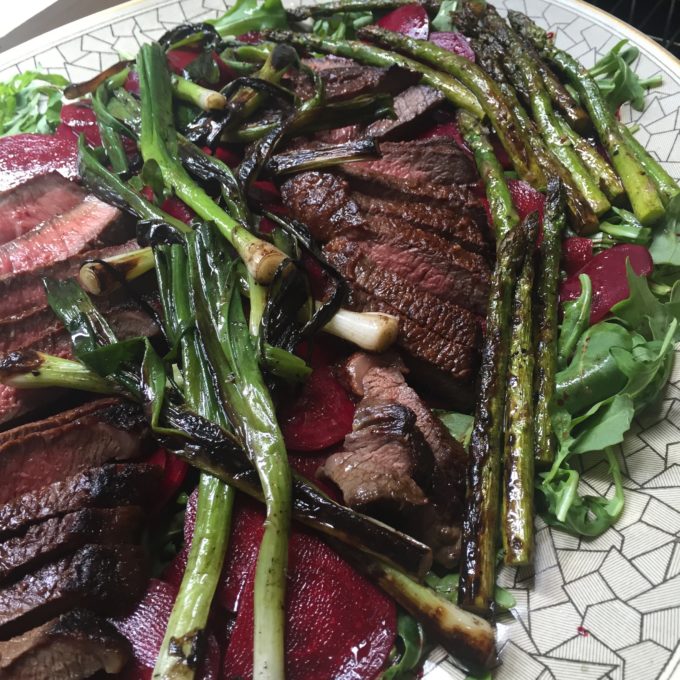
So, this 4th of July, let’s not forget how lucky we are to be enjoying this new crop of ingredients. There’s so much to work with, and the list of possibilities extends far beyond holiday classics like corn on the cob, potato salads and slaws.
If you’re going to a party or throwing one of your own, why not try to add some umph to the selection of vegetable sides and salads? It doesn’t need to overshadow the other fun stuff, but we think it deserves some love, too!
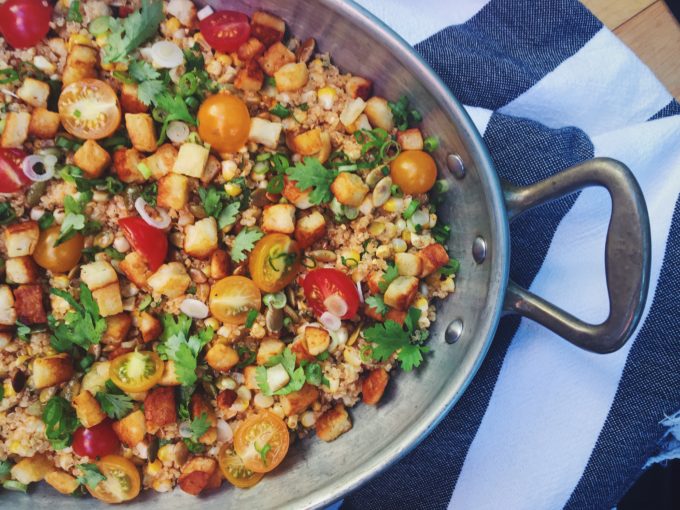
Not sure what to make? We’ve left you with some loose inspiration below.
Happy cooking!
xo, Emily
Corn and Nectarine Salad
Toss grilled corn with fresh nectarines, some torn basil and a bit of goat or Cojita cheese. I think this would be delicious tossed with lime juice and olive oil, but Bon Appetit makes it with a toasted spiced vinaigrette. I have to admit, it looks absolutely delicious!
Grilled Asparagus
Take grilled asparagus one step further by tossing it with some olive oil, lemon juice and minced garlic. And we doubt anyone would complain if you topped it with some shaved parmesan, too.
Tomato and Peach Salad
Toss heirloom and cherry tomatoes with peaches. Add a bit of torn basil and thinly sliced red onion into the mix, and dress well with olive oil and sherry vinegar. Optionally, top with crumbled feta, torn mozzarella or goat cheese.
Cold Pasta Salad with Edible Flowers, Veggies and Herbs
Make summer produce the star of your pasta salad by adding lots of fresh, raw veggies, herbs and edible flowers into the mix. Almost anything goes here! My mom used to make this with tortellini, bell peppers of every color, whatever herbs she was growing (usually tons of basil, parsley and chives) and nasturtiums. It was totally simple, but always a big hit! The key here is a heavy hand with the produce. And don’t forget to dress well with a good glug of olive oil and some red wine vinegar.
And don’t miss our Grilled Corn, Quinoa and Halloumi Salad (Pictured Above)
